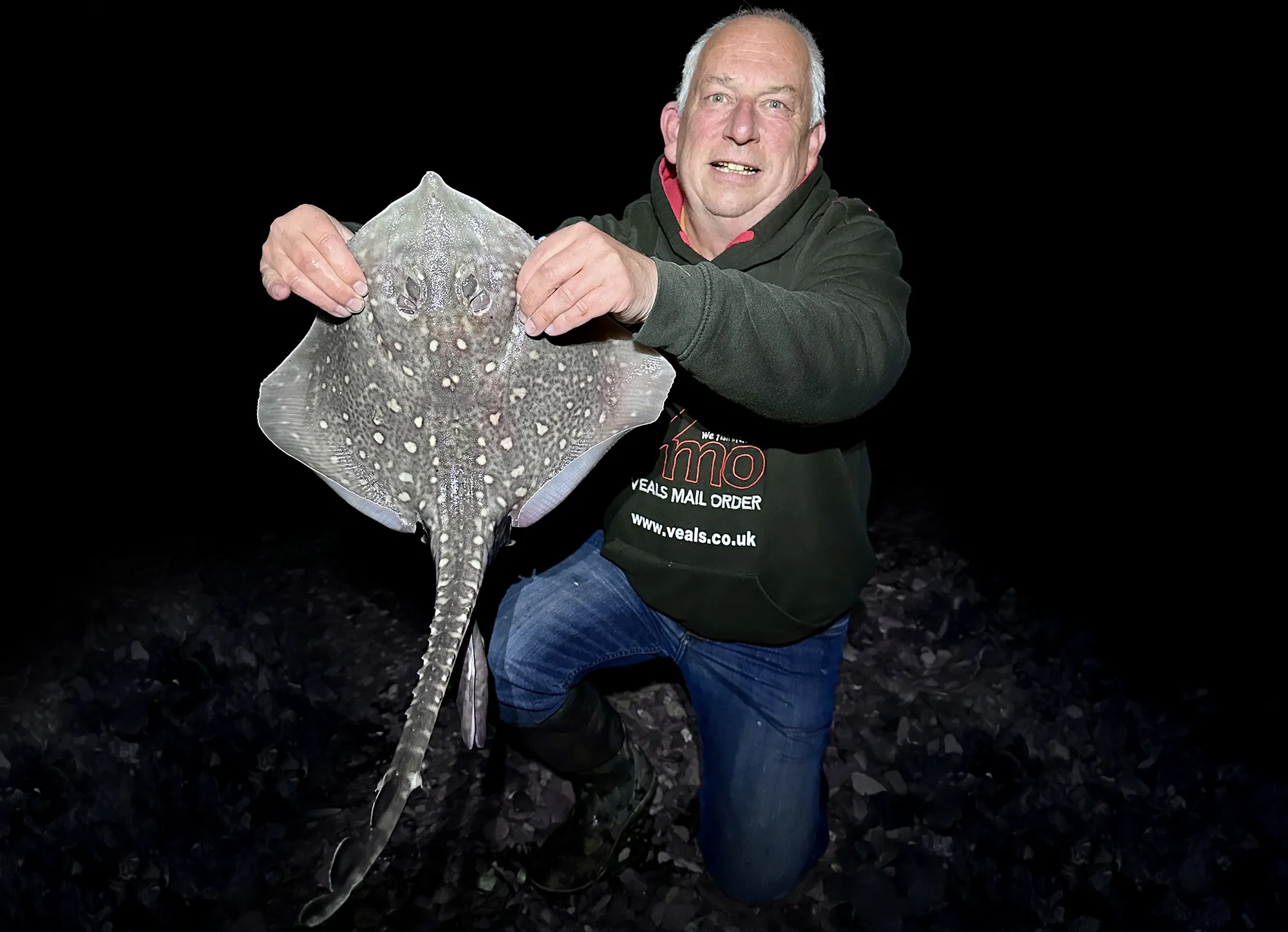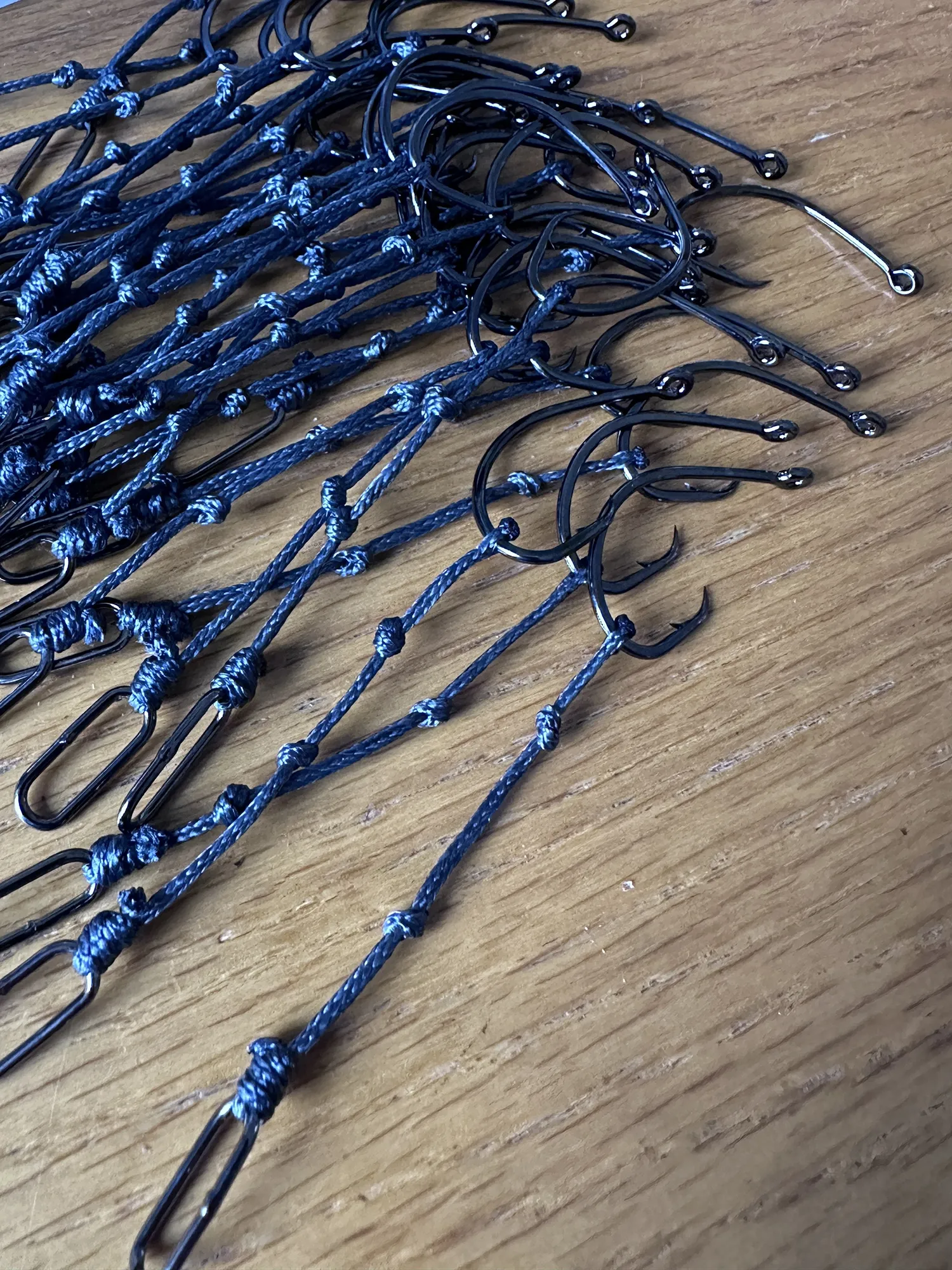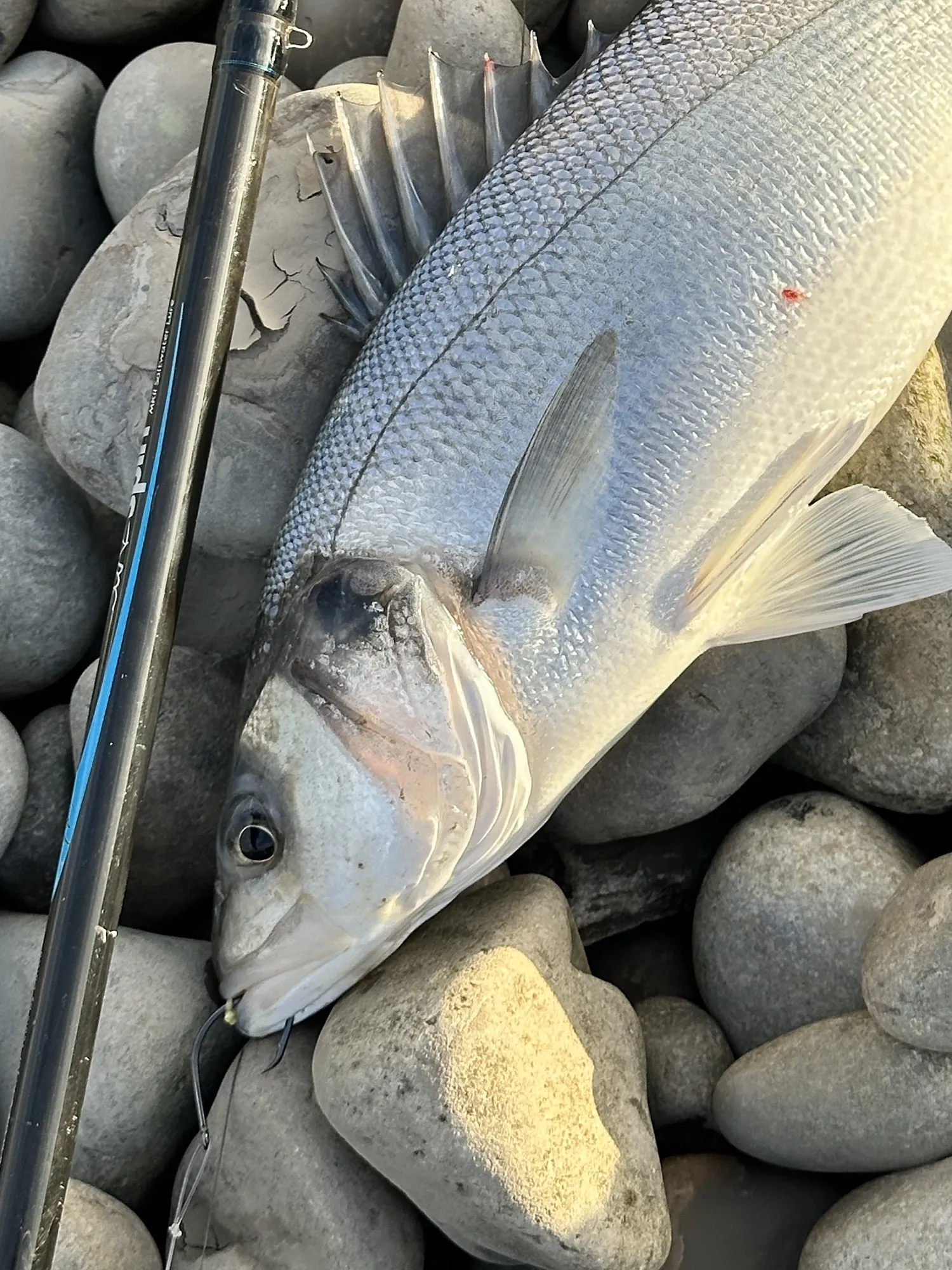Species of the Month: Dover Sole (Solea solea)
Explore this blog to learn more about Species of the Month: Dover Sole (Solea solea).
Published on August 6, 2025
- /
- Blogs /
- Species of the Month: Dover Sole (Solea solea)
Species of the Month
Dover Sole (Solea solea)
There’s something special about August on the Bristol Channel. Warm, settled weather, still seas, and quiet summer evenings create perfect conditions for one of my favourite and most sought after species – the Dover sole. These elusive, flat-bodied powerhouses don’t always come easy, but when you find them, you’re in for some of the most rewarding fishing the channel has to offer. Though they aren’t a species I fish hard for nowadays, there was a time when I practically obsessed over them.
While it’s possible to catch sole from late spring through to autumn, August is what I consider prime time to make a start. Conditions are at their most stable, and the fish are often feeding confidently across a range of marks. Whether you’re based on the Bristol Channel or looking to try your luck further afield, now is the perfect time to get out and have a go. The fish here run big, and although my best was an ounce under 4lb, I have heard of several fish taken over this magical marker, both in nets and with rod and line. Any sole of 2lb+ is a worthwhile catch and should be celebrated.

Where to Look
When targeting sole, location is everything. You’ll want to find areas of clean to mixed ground, particularly marks that have patches of clay, sand or compact mud, which these fish love to sit on. They’re often not far from the shore either – contrary to what some might think, you don’t always need to cast to the horizon on the Bristol Channel.
In fact, a surprising number of good fish are caught at incredibly close range, especially when the sea is calm. In these conditions, fish will push right inshore confidently, offering fantastic opportunities for well-prepared anglers. In fact, I’ve caught fish when the shockleader has been visible above the water!

Bait and Rig Choices
When it comes to bait, you can’t go wrong with ragworm – preferably locally dug, though digging it is a game for the strong and physically fit who will have no problem turning over ground that it’s difficult to get a fork in to. Lugworm also works well, and a big cocktail of the two often finds its rewards. Personally, I favour dug ragworm, and this summer, Reel Fun Fishing in Portishead has been consistently supplying top-quality bait that’s been doing the business. As for rigs, simplicity wins. I use a pulley rig with size 1/0 Varivas Aberdeen hooks fished as a pennel, which is larger than what most would typically associate with sole fishing. Don’t be shy with the bait either— two or three good size worms compressed down make a desirable offering. Many anglers tend to reach for smaller hooks thinking that the mouths of sole require finesse – but in my experience, the bigger fish have no issue taking a decent-sized bait. Every winter, we see proof of this, when large sole are caught accidentally by cod anglers using big worm baits. It’s a consistent reminder that scaling down hook size isn’t as much of a consideration as many believe. That said, if you’re fishing a mark known for smaller fish, or just want to maximise your bites and catch one regardless of size, smaller hooks absolutely still have their place. It’s all about knowing the venue and adjusting your approach accordingly.

Fighting Spirit in a Flat Body
If you’ve never hooked into a decent Dover sole before, you might be surprised at how hard they fight for their size. They’re incredibly muscular fish with a distinctive swimming motion, and once hooked, they’ll often try to dive and twist back into the seabed. For such a flat, inconspicuous-looking fish, they pack a real punch on light tackle.
This is one of the many reasons I’ve loved targeting them over the years. Not only do they offer a fantastic challenge, but they’re also delicious on the plate. In fact, I’ll go as far as to say that Dover sole is my favourite eating fish, though their scarcity and my appreciation for catching one often outweighs this and my last few captures have been released.

A Unique and sometimes Elusive Species
What makes Dover sole even more rewarding is the fact that they’re not always easy to locate. They’re one of the trickier species in the Bristol Channel, often requiring a lot of groundwork, local knowledge, and patience to pin down consistently. They don’t shoal in big numbers like some species – you’re hunting for individuals or small groups, which can make every catch feel earned. Some marks fish well one tide and go quiet the next. That’s part of the appeal – cracking the code can take time, but when you do, it’s an addictive kind of satisfaction that keeps you coming back for more. Of all the fish that could pick up your bait, the sole is perhaps the most unlikely, and many local anglers have endured the frustration of pulling out thornback rays and other fish that have intercepted those baits intended for this prized flatfish.

Looking Beyond the Bristol Channel – Chesil Beach
For those looking for a more consistent sole fishing experience, Chesil Beach on the south coast offers more regular sport, with perhaps the emphasis on numbers rather than quality fish. Not to say that it doesn’t produce good fish, but in general, numbers are certainly up compared to The Bristol Channel. If you have a soft-spot for Chesil, our resident Chesil guide, Ben Stockley, is offering targeted guided sessions for Dover sole this season. Ben’s got a sharp eye for conditions and an excellent understanding of how the fish behave on that stretch of coast, making his sessions a great choice for anglers looking to learn or refine their approach.

Light Gear, Big Rewards
You don’t need overly powerful tackle to target sole. In fact, a lighter setup is more than capable when we consider the relevant size of the fish we are likely to catch. A sensitive rod and a balanced reel will help you detect what can be subtle takes and make the most of the fish’s spirited fight. Only the venue you fish will have any bearing on whether you might need to fish slightly heavier, as anchoring a bait on the bottom where it needs to be should be one of your main considerations.
Final Thoughts
A fabulous flattie
Targeting Dover sole on the Bristol Channel is an experience that will test your mentality and reward your patience. Their elusive nature, excellent table quality, and muscular fight make them one of the most satisfying species to catch on our coastline. August is here, the conditions are perfect, and good sole have already been landed at several venues. Get your bait sorted, keep your rigs simple, and be ready for that unmistakable bite.


